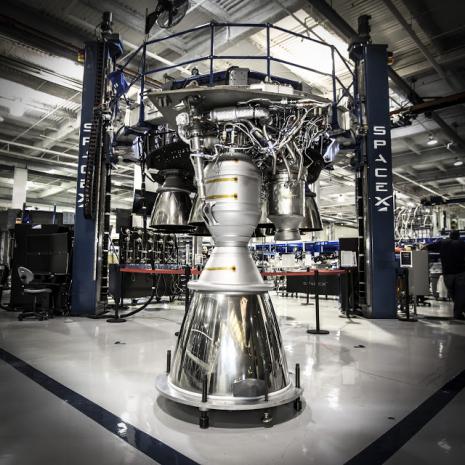
Breaking News
 Silver Stage Set for Delivery Meltdown: Keith Neumeyer Dissects COMEX, LBMA CRISIS!
Silver Stage Set for Delivery Meltdown: Keith Neumeyer Dissects COMEX, LBMA CRISIS!
 No one noticed this about Mamdani's speech
No one noticed this about Mamdani's speech
 Job Cuts Explode – Up 65 Percent Compared To Last Year – The Employment Market Has Become...
Job Cuts Explode – Up 65 Percent Compared To Last Year – The Employment Market Has Become...
Top Tech News
 HUGE 32kWh LiFePO4 DIY Battery w/ 628Ah Cells! 90 Minute Build
HUGE 32kWh LiFePO4 DIY Battery w/ 628Ah Cells! 90 Minute Build
 What Has Bitcoin Become 17 Years After Satoshi Nakamoto Published The Whitepaper?
What Has Bitcoin Become 17 Years After Satoshi Nakamoto Published The Whitepaper?
 Japan just injected artificial blood into a human. No blood type needed. No refrigeration.
Japan just injected artificial blood into a human. No blood type needed. No refrigeration.
 The 6 Best LLM Tools To Run Models Locally
The 6 Best LLM Tools To Run Models Locally
 Testing My First Sodium-Ion Solar Battery
Testing My First Sodium-Ion Solar Battery
 A man once paralyzed from the waist down now stands on his own, not with machines or wires,...
A man once paralyzed from the waist down now stands on his own, not with machines or wires,...
 Review: Thumb-sized thermal camera turns your phone into a smart tool
Review: Thumb-sized thermal camera turns your phone into a smart tool
 Army To Bring Nuclear Microreactors To Its Bases By 2028
Army To Bring Nuclear Microreactors To Its Bases By 2028
 Nissan Says It's On Track For Solid-State Batteries That Double EV Range By 2028
Nissan Says It's On Track For Solid-State Batteries That Double EV Range By 2028
Spacex will have to fix turbopumps for next version of Falcon 9 to qualify it...

The Wall Street Journal indicates a forthcoming report from the US Government Accountability Office focuses most closely on issues with turbopumps in SpaceX's Falcon 9 rocket. The report has found a "pattern of problems" with the turbine blades within the turbopumps, which deliver rocket fuel into the combustion chamber of the Merlin rocket engine. Some of the components used in the turbopumps are prone to cracks, the government investigators say, and may require a redesign before NASA allows the Falcon 9 booster to be used for crewed flights. NASA has been briefed on the report's findings, and the agency's acting administrator, Robert Lightfoot, told the newspaper that he thinks "we know how to fix them."
A spokesman for SpaceX, John Taylor, said the company already has a plan in place to fix the potential cracking issue. "We have qualified our engines to be robust to turbine wheel cracks," Taylor said. "However, we are modifying the design to avoid them altogether. This will be part of the final design iteration on Falcon 9." This final variant of the Falcon 9 booster, named Block 5, is being designed for optimal safety and easier return for potential reuse. According to company founder Elon Musk, it could fly by the end of this year.
The new report also cites other problems with the commercial crew development efforts by SpaceX and Boeing. The latter company, for example, may be having difficulty with ensuring the reliability of its parachute systems to bring crews safely back to a land-based landing.

 America's Hidden Royalty
America's Hidden Royalty Carbon based computers that run on iron
Carbon based computers that run on iron

